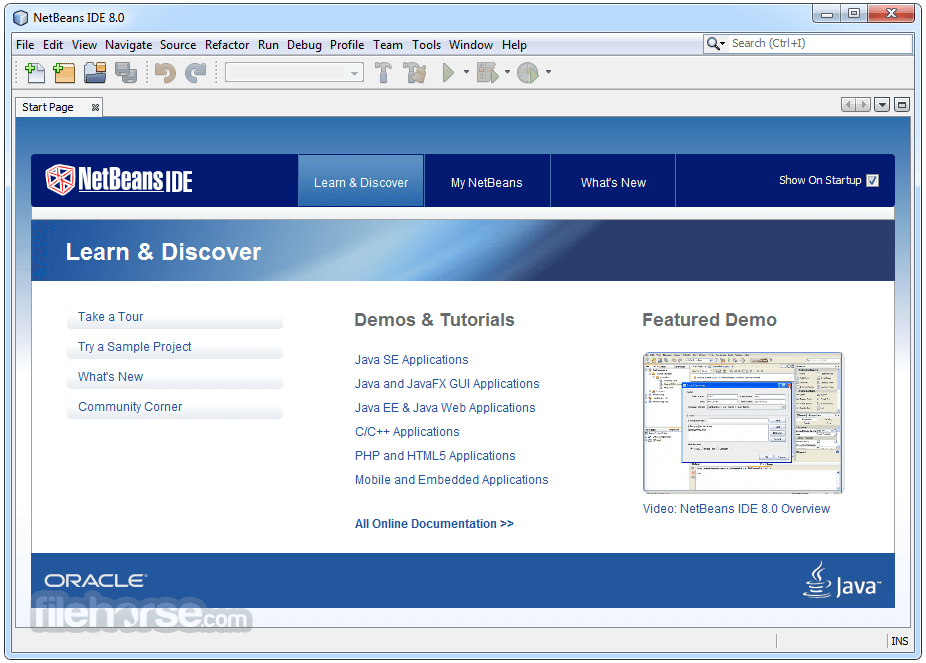Set up Mac Pc for automation on real device:
- Minecraft 1.8.1 Build anything you can imagine. Virtual DJ 8.0.2348 VirtualDJ is the hottest MP3 mixing software. Outlook Express 5.0.6 Microsoft Outlook Express is an email client; Mozilla Firefox 82.0.1 Firefox is a fast, full-featured Web browser. Windows XP Service Pack 3 SP 3 Windows XP Service Pack 3 Build 5512 FINAL.
- The Appium team has been hard at work on something we think the Appium users out there will love. It's a brand new app for Mac, Windows, and Linux called 'Appium Desktop': the successor to the old Appium.app and Appium.exe. Appium Desktop is a graphical frontend for running an Appium server and starting sessions to inspect your applications.
Setting Mac PC/Laptop for automation is difficult task if you are new user on unix/linux based system. But if you are familiar with commands and scripts then you can setup the mac system easily for automation as well as programming.
4 Reasons Why You'll Love AOL Desktop 9.7 for PC: 1. You're connected - Get access to your online world, all in one easy-to-use place. Stay connected with AOL Mail, chat on AIM with family and friends, and be in-the-know with world news and entertainment on AOL.com.
Follow the below steps to set up Mac OS X PC/Laptop for Automation/Programming:
Set terminal to bash profile:
- Set terminal to bash profile (For better editing in terminal)
- Open terminal>Go to terminal preferences> General
- Shell open with set it to Command(Complete Path) to /bin/bash (If it is already set then no need to change)
Show hidden files in Mac OS :
- Open terminal
- Paste the command: defaults write com.apple.finder AppleShowAllFiles YES
- Press Option/Shift + Right click on finder icon
- Relaunch the Finder (All hidden files will get visible)
Setting environment variables in Mac OS :
Install Latest JDK version
- Set Java Home Path using terminal
- echo export 'JAVA_HOME=$(/usr/libexec/java_home)' >> ~/.profile
Set up Android SDK/(Android Studio)
- Install Android SDK on Application
- Set ANDROID_HOME:
- export ANDROID_HOME=/Users/eXXXXXX/Desktop/utility/AndroidSDK/androidSDK
- Set path of tools and platform tools using Android HOME
- export PATH=$PATH:$ANDROID_HOME/tools:$ANDROID_HOME/platform-tools

Set Maven Path:
- Set maven PATH
- echo export 'M2_HOME=PATH where maven downloaded” >> ~/.profile
4. Set Bash Profile.

Run command in terminal vi ~/.profile It should look like as below.
As I kept my softwares on desktop I given my desktop path you can set your own path .
- export JAVA_HOME=$(/usr/libexec/java_home)
- export M2_HOME=/Users/XXXXXX/Desktop/softwares/maven/
- export ANDROID_HOME=/Users/XXXXXX/Desktop/softwares/AndroidSDK/androidsdk
- export PATH=${PATH}:${JAVA_HOME}/bin
- export PATH=${PATH}:${M2_HOME}/bin
- export PATH=${PATH}:${ANDROID_HOME}/tools:${ANDROID_HOME}/platform-tools
Setup steps for Appium on Mac Os X:
- Install Xcode latest Desktop version.
- Install Xocde command line (download .dmg or use Command: xcode-select --install)
- Homebrew Install Command: /usr/bin/ruby -e '$(curl -fsSL https://raw.githubusercontent.com/Homebrew/install/master/install)'
- Install Node: brew install npm
- Install Carthage: npm install carthage
- Install Appium Command line: brew install -g appium
- Install Appium Doctor: npm install -g appium-doctor
- Install lib: brew install libimobiledevice --HEAD
- Install iOS deploy lib: npm install -g ios-deploy
- Download Appium latest desktop version: https://github.com/appium/appium-desktop/releases/tag/v1.2.7
Set WebDriverAgentRunner for running Test on real iOS device:
- Open terminal and go to folder location
Download Appium Server
Run command in terminal to download missing dependency:
Open WebDriverAgent Runner project present in Appium installation using Xcode:
- In General> Sign in with developer account
- Create Unique Product Bundle Identifier and set it in build setting of WebDriverAgentLib and WebDriverAgentRunner
- While creating provisioning profile connect your iOS device otherwise provisioning failed.
- Build the project and run WebDriverAgentRunner-non debug via Product > Test
- Finally, you can verify that everything works. Build the project:
If this was successful, the output should end with something like:
Download Appium Server For Windows
- To completely verify, you can try accessing the WebDriverAgent server status (note: you must be on the same network as the device, and know its IP address, from Settings => Wi-Fi => Current Network):
- You will get output like:
Download Appium For Windows
If you followed all the above steps your Mac OS X setup is done for iOS as well as Android Application automation
